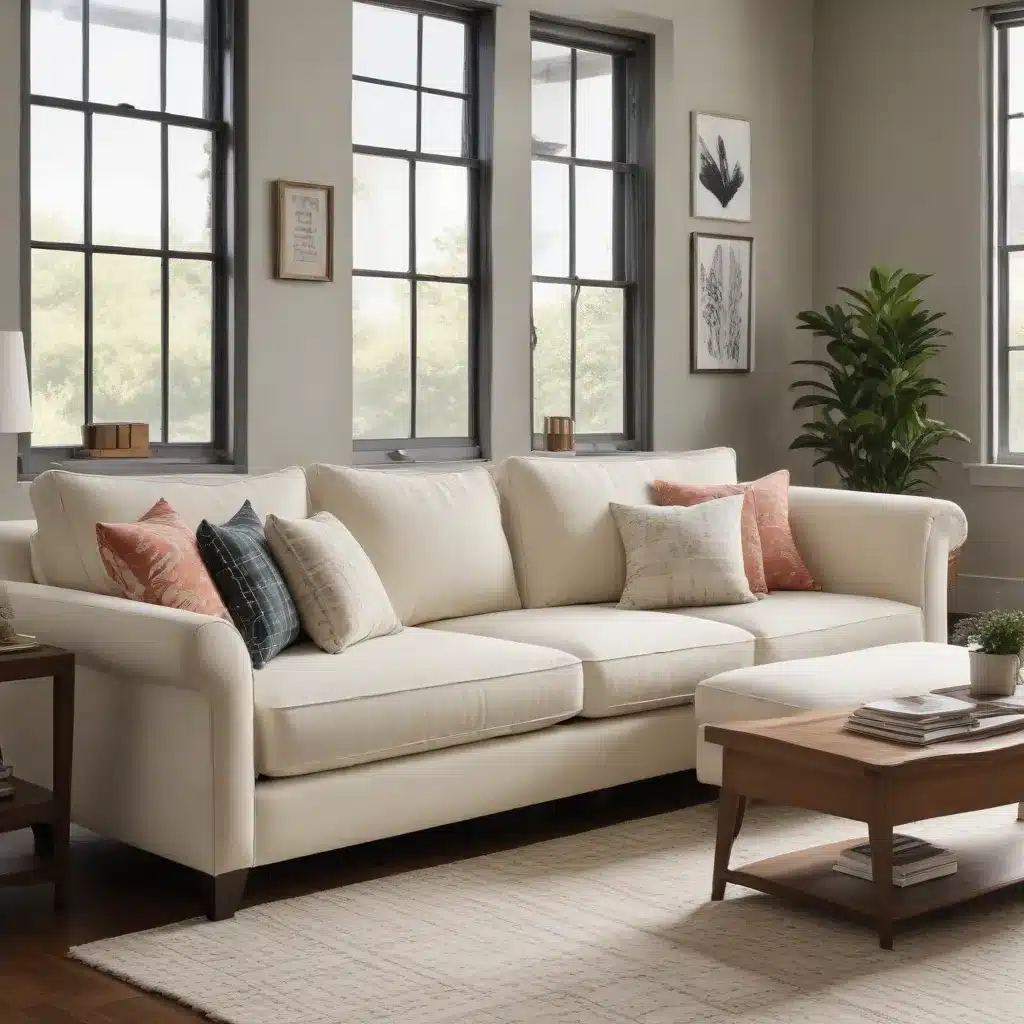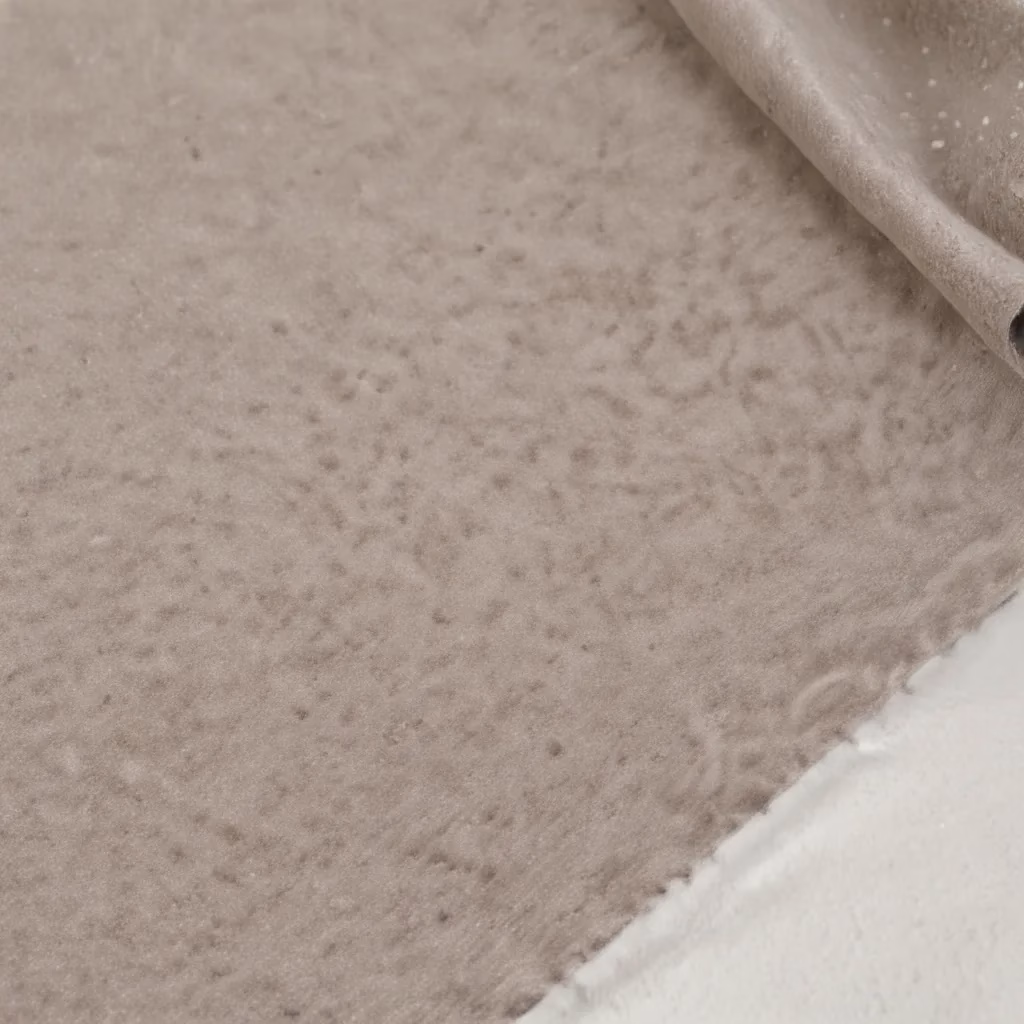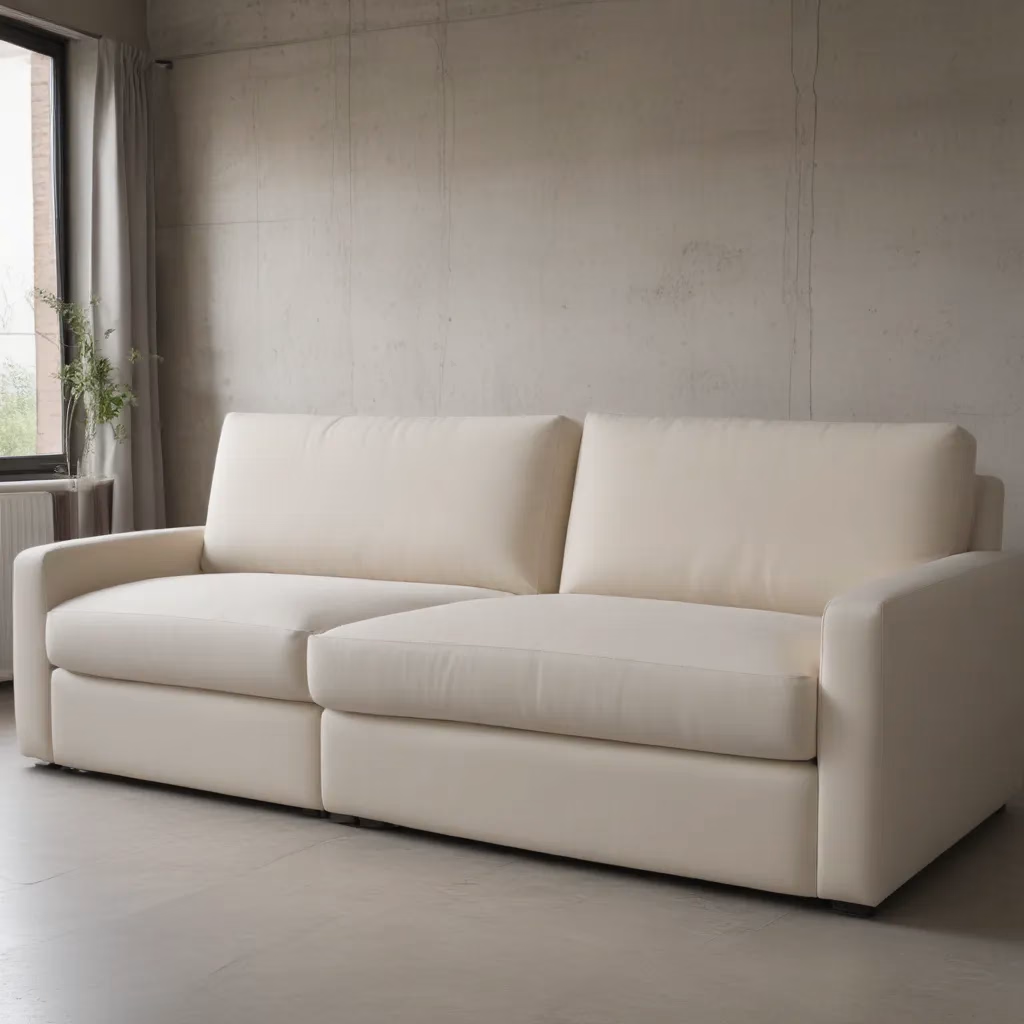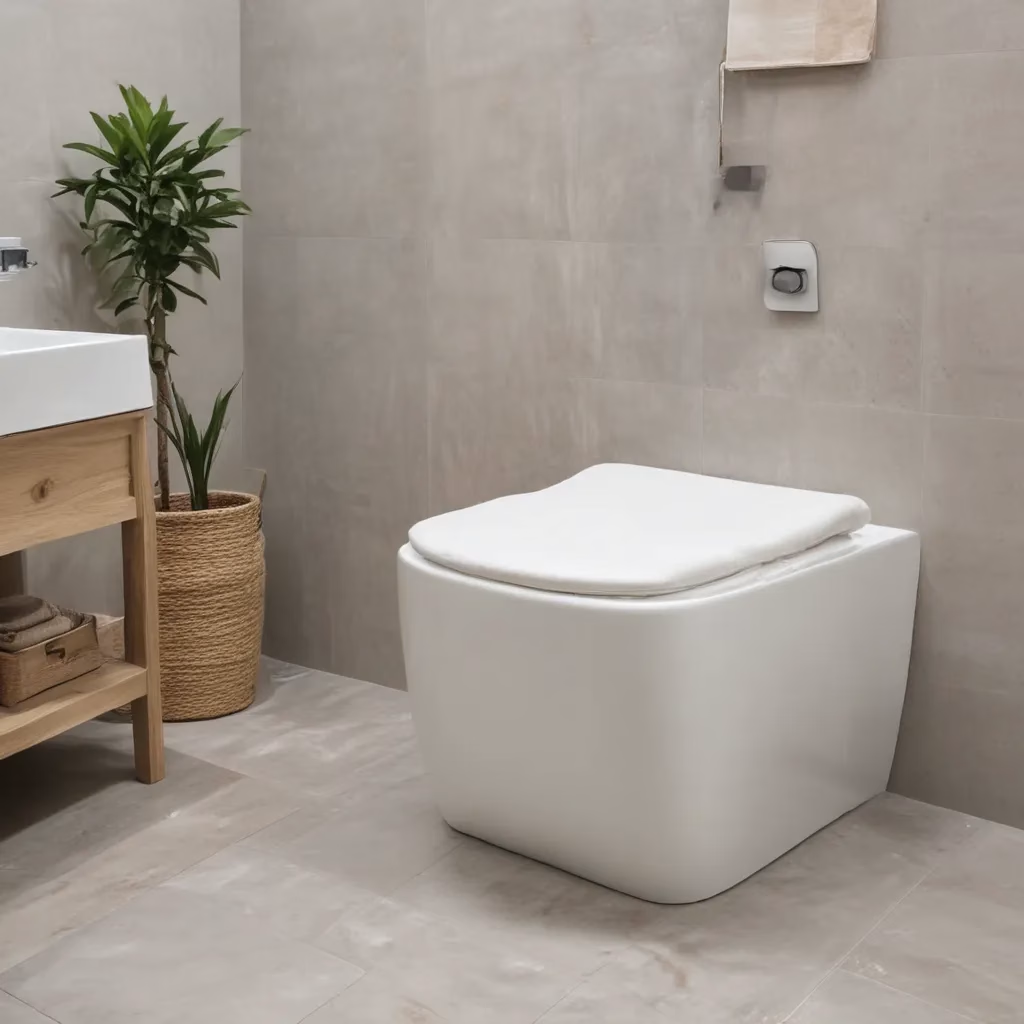
The Rise of Personalised Furniture in UK Homes
In recent years, the UK furniture market has seen a significant shift towards customisable sofas. This trend reflects a growing desire among homeowners to create living spaces that are uniquely tailored to their needs and preferences. As of September 2024, the demand for bespoke seating solutions continues to rise, with consumers seeking furniture that not only fits their physical space but also aligns with their lifestyle and aesthetic preferences.
The concept of customisable sofas goes beyond simply choosing a fabric colour. It encompasses a range of options, from the sofa’s dimensions and configuration to the type of cushioning and even the style of legs. This level of personalisation allows UK homeowners to address specific challenges in their living spaces, such as awkward room layouts or the need for multifunctional furniture in smaller urban dwellings.
Industry data suggests that the market for customisable sofas in the UK has grown by approximately 15% year-on-year since 2022. This growth is attributed to several factors, including an increased focus on home improvement during the post-pandemic era, a rise in remote working arrangements leading to more time spent at home, and a general trend towards investing in higher-quality, longer-lasting furniture pieces.
Understanding Sofa Customisation Options
When it comes to customising a sofa, UK consumers now have an array of options at their disposal. These customisation features allow for a truly bespoke piece of furniture that can serve as the centrepiece of any living room. Let’s explore some of the key areas where personalisation is possible:
Size and Configuration
One of the most practical aspects of customisation is the ability to adjust the size and configuration of a sofa. This is particularly valuable in the UK, where homes often have unique layouts and space constraints. Options typically include:
- Adjustable width and depth
- Modular components for sectional sofas
- Corner units that can be configured to fit specific room angles
- Chaise longue additions for extra lounging space
The flexibility in sizing allows homeowners to maximise their available space while ensuring the sofa fits perfectly within the room’s dimensions.
Upholstery Materials
The choice of upholstery material is crucial not only for aesthetics but also for durability and maintenance. Current UK trends show a preference for:
- Performance fabrics that resist stains and wear
- Natural fibres like wool and cotton for their sustainability and comfort
- Leather options for a luxurious look and easy cleaning
Many UK manufacturers now offer extensive fabric libraries, allowing customers to select from hundreds of colours and textures to match their interior design scheme.
Cushion Comfort Levels
Comfort is paramount when it comes to sofas, and customisation extends to the feel of the seating. Options often include:
- Different foam densities for firmer or softer seating
- Memory foam layers for added comfort
- Feather-wrapped foam cushions for a plush yet supportive feel
Consumers can often test different comfort levels before making a decision, ensuring their sofa meets their personal preferences for relaxation and support.
Popular Sofa Styles in the UK Market
As we approach the latter part of 2024, certain sofa styles have emerged as favourites among UK consumers. These styles often serve as the starting point for customisation, allowing homeowners to put their personal stamp on classic designs:
1. Modern Minimalist
Clean lines and simple silhouettes characterise this style, which appeals to those seeking a contemporary look. Customisation options often focus on:
- Sleek metal or wooden legs
- Monochromatic or two-tone colour schemes
- Low-profile designs for a streamlined appearance
2. Mid-Century Inspired
Drawing influence from the 1950s and 60s, this style remains popular for its timeless appeal. Customisation typically involves:
- Tapered wooden legs
- Button-tufted backrests
- Bold, retro-inspired fabric patterns
3. Classic Chesterfield
A quintessentially British style, the Chesterfield sofa continues to be a sought-after choice. Modern customisations include:
- Updated fabric choices beyond traditional leather
- Altered dimensions for a more compact footprint
- Varied button placements for a contemporary twist
4. Modular Sectionals
Flexibility is key with modular sectionals, which have gained popularity due to their adaptability. Customisation options often include:
- Interchangeable seating units
- Built-in storage compartments
- Removable and washable covers for easy maintenance
Material Choices for Longevity and Style
Selecting the right material for a customisable sofa is crucial for ensuring both style and durability. UK consumers are increasingly conscious of the environmental impact of their furniture choices, leading to a rise in demand for sustainable and long-lasting materials. Here’s a comparison of popular sofa materials in the UK market:
| Material | Durability | Maintenance | Eco-Friendliness | Style Versatility |
|---|---|---|---|---|
| Leather | High | Easy | Moderate | High |
| Wool | High | Moderate | High | High |
| Cotton | Moderate | Easy | High | High |
| Linen | Moderate | Moderate | High | High |
| Velvet | Moderate | Difficult | Varies | High |
| Microfibre | High | Easy | Low | Moderate |
When choosing a material, it’s important to consider factors such as:
- The sofa’s intended use (formal living room vs. family room)
- Presence of children or pets in the household
- Natural light exposure in the room
- Overall interior design scheme
Many UK furniture retailers now offer fabric swatches and samples, allowing customers to see and feel materials in their own homes before making a final decision. This hands-on approach helps ensure that the chosen material meets both aesthetic and practical requirements.
Comfort Engineering in Modern Sofas
The science of comfort has come a long way in sofa design. UK manufacturers are incorporating advanced comfort engineering techniques to create seating that provides optimal support and relaxation. Some key features include:
Ergonomic Design
Modern sofas are often designed with ergonomics in mind, considering the natural curvature of the spine and the body’s pressure points. This can involve:
- Lumbar support integrated into the backrest
- Seat cushions with varied densities to distribute weight evenly
- Armrests positioned at heights that promote good posture
Suspension Systems
The foundation of a comfortable sofa lies in its suspension system. Current trends in the UK market include:
- Sinuous spring systems for consistent support across the seat
- Pocket spring units similar to those found in high-end mattresses
- Webbing systems for a firmer feel in more minimalist designs
Temperature Regulation
With an increased focus on year-round comfort, some manufacturers are incorporating temperature-regulating features into their sofa designs:
- Breathable fabrics that help dissipate heat
- Cooling gel-infused foams for summer comfort
- Thermal-regulating materials that adapt to body temperature
By combining these comfort engineering elements with customisable options, UK consumers can create a sofa that not only looks good but also provides an exceptional seating experience tailored to their specific needs.
Integrating Custom Sofas into UK Interior Design
When incorporating a customisable sofa into a UK home, it’s essential to consider how it will fit within the overall interior design scheme. Here are some tips for seamlessly integrating a bespoke sofa into various room styles:
1. Colour Coordination
Choose a sofa colour that complements the existing colour palette of the room. Consider the following approaches:
- Opt for a neutral sofa to serve as a versatile base for changing decor
- Select a bold colour to create a focal point in the room
- Use the sofa colour to tie together other elements in the space
2. Scale and Proportion
Ensure the size of the sofa is appropriate for the room:
- In smaller spaces, consider a compact two-seater or loveseat
- For larger rooms, a sectional or L-shaped sofa can help define seating areas
- Pay attention to the height of the sofa in relation to other furniture pieces
3. Texture Mixing
Incorporate different textures to add depth and interest to the room:
- Pair a smooth leather sofa with plush throw pillows
- Contrast a textured fabric sofa with sleek side tables
- Add a soft rug to complement the sofa’s material
4. Accessorising
Use accessories to enhance the sofa and tie it into the room’s design:
- Add throw blankets for extra comfort and a pop of colour
- Choose cushions in complementary or contrasting fabrics
- Place a statement coffee table or ottoman in front of the sofa
5. Lighting Considerations
Think about how lighting will interact with your custom sofa:
- Position floor lamps or table lamps to create cosy reading nooks
- Consider how natural light will affect the appearance of the sofa fabric
- Use accent lighting to highlight the sofa as a key piece in the room
By carefully considering these elements, UK homeowners can ensure that their customisable sofa not only meets their comfort needs but also enhances the overall aesthetic of their living space.
The Process of Creating a Custom Sofa
For those interested in purchasing a customisable sofa, understanding the typical process can be helpful. While specific steps may vary between retailers, the general process in the UK market often includes:
-
Initial Consultation: Discuss your needs, preferences, and space constraints with a furniture specialist.
-
Design Selection: Choose a base sofa style that aligns with your taste and requirements.
-
Customisation: Work through the various customisation options, including:
- Dimensions and configuration
- Upholstery material and colour
- Cushion firmness and fill type
- Leg style and finish
-
Additional features (e.g., reclining mechanisms, storage options)
-
Visualisation: Many retailers now offer 3D rendering or augmented reality tools to help visualise the custom sofa in your space.
-
Fabric and Material Sampling: Obtain swatches to test in your home environment.
-
Finalisation and Ordering: Confirm all details and place the order.
-
Manufacturing: The sofa is crafted to your specifications, typically taking 6-12 weeks.
-
Delivery and Setup: The finished sofa is delivered and installed in your home.
This process ensures that the final product meets your exact specifications and fits perfectly within your living space.
Maintenance and Care for Custom Sofas
Investing in a customisable sofa often means a higher upfront cost, making proper maintenance crucial for longevity. Here are some care tips specific to different sofa materials commonly used in the UK:
Fabric Sofas
- Vacuum regularly to remove dust and debris
- Treat spills immediately with appropriate cleaning solutions
- Consider professional cleaning annually, especially for light-coloured fabrics
- Use arm covers and throws to protect high-wear areas
Leather Sofas
- Dust with a soft, dry cloth weekly
- Clean with a leather conditioner every 6-12 months
- Avoid placing leather sofas in direct sunlight to prevent fading
- Address scratches promptly with a leather repair kit
Velvet Sofas
- Brush gently with a soft-bristled brush to maintain the nap
- Use a vacuum with a brush attachment for regular cleaning
- Blot spills immediately, avoiding rubbing which can damage the pile
- Consider professional cleaning for stubborn stains
Microfibre Sofas
- Vacuum or brush regularly to remove dust
- Clean spills with a mixture of mild soap and warm water
- Use a soft brush to restore the texture after cleaning
- Avoid using harsh chemicals which can damage the fibres
By following these maintenance guidelines, UK homeowners can ensure their custom sofas remain in excellent condition for years to come, protecting their investment and maintaining the aesthetic appeal of their living spaces.
The Future of Customisable Sofas in the UK
As we look towards the future, the trend of customisable sofas in the UK shows no signs of slowing down. In fact, advancements in technology and manufacturing processes are likely to expand the possibilities for personalisation even further. Some potential developments on the horizon include:
1. Enhanced 3D Visualisation
Improved augmented reality and virtual reality technologies will allow consumers to visualise custom sofas in their homes with unprecedented accuracy. This could include:
- Real-time fabric rendering that shows how materials will look in different lighting conditions
- Virtual room planning tools that suggest optimal sofa configurations for specific spaces
- Interactive design interfaces that allow for instant customisation tweaks
2. Sustainable Materials Innovation
With growing environmental consciousness, the UK market is likely to see an increase in eco-friendly customisation options:
- Recycled and upcycled fabrics becoming mainstream choices
- Bio-based foams and fillings replacing traditional petroleum-based options
- Modular designs that allow for easy component replacement, extending the sofa’s lifespan
3. Smart Sofa Integration
As smart home technology continues to evolve, customisable sofas may incorporate more tech-savvy features:
- Built-in charging ports and wireless charging capabilities
- Integrated speakers and ambient lighting systems
- Smart fabrics that can change colour or pattern on demand
4. Personalised Comfort Technology
Advancements in comfort engineering could lead to even more tailored seating experiences:
- Adjustable firmness settings controlled via smartphone apps
- Pressure-mapping technology to recommend ideal cushion configurations
- Memory settings that adjust to individual users’ preferences
5. On-Demand Manufacturing
Improvements in production efficiency may reduce lead times for custom sofas:
- Local micro-factories capable of producing bespoke pieces quickly
- 3D printing technologies for creating custom components on-site
- Just-in-time manufacturing processes that streamline the customisation journey
As these innovations come to fruition, UK consumers can look forward to an even more personalised and efficient sofa buying experience. The ability to create truly unique pieces that perfectly fit one’s space and lifestyle will likely become the norm rather than the exception.
Conclusion: The Value of Customisation in Home Furnishing
The trend towards customisable sofas in the UK reflects a broader shift in consumer behaviour, where personalisation and quality are increasingly prioritised over mass-produced, one-size-fits-all solutions. By opting for a custom sofa, homeowners can:
- Maximise the functionality of their living spaces
- Express their individual style and taste
- Invest in furniture that truly meets their specific needs
- Potentially save money in the long run by avoiding frequent replacements
As the market continues to evolve, it’s clear that customisable sofas are more than just a passing trend—they represent a fundamental change in how UK consumers approach home furnishing. By understanding the options available and considering factors such as material choice, comfort engineering, and interior design integration, homeowners can make informed decisions that result in living spaces that are both beautiful and perfectly tailored to their lifestyles.
For those interested in exploring customisable sofa options further, visiting a reputable furniture retailer like Sofa Spectacular can provide valuable insights and hands-on experience with various customisation possibilities. As we move forward, the fusion of technology, sustainability, and personalisation in sofa design promises to offer UK consumers even more exciting options for creating their ideal living spaces.



